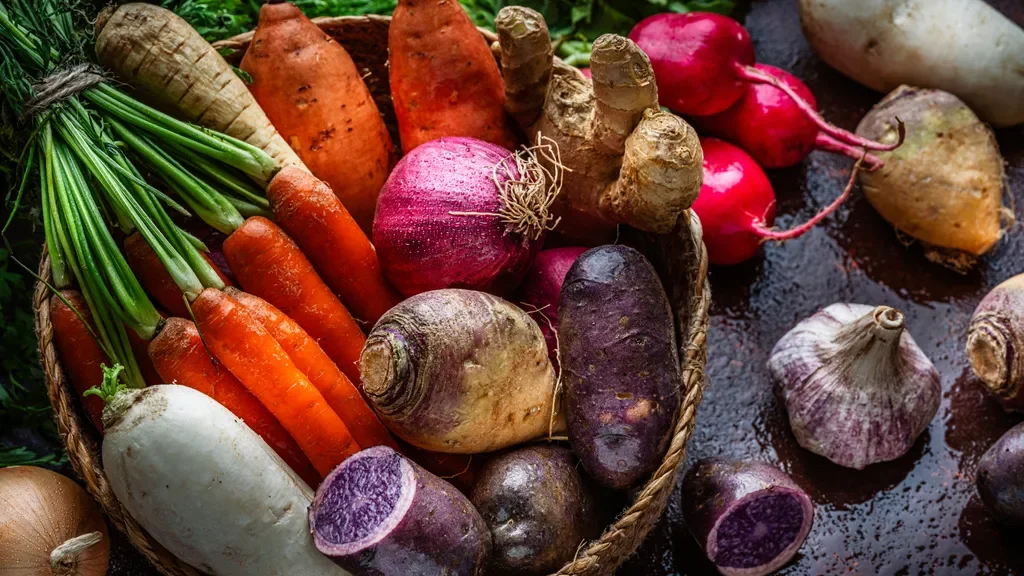Welcome to our blog!
Growing Collective member Jen Zach is generously sharing her extensive gardening knowledge through a series of monthly articles! You can also find them published in the Jensen Community Spirit.
Good Food, Full Freezers & A Few Garden Dreams
Learn a few tips on how to use some of those amazing veggies that are all ready for harvest. You will also find tips on garden planning for next year.
From Beetles to Beds: Low-Stress Garden Care
In this month’s article, learn about a spray-free pest control method, meet a garden friend, and learn an easy way to prep new garden beds for future planting.










